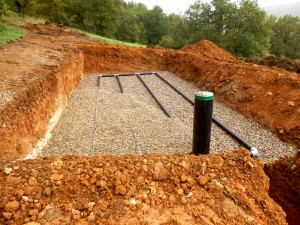08/17/2017
Would you know if your Orlando area septic system was failing? Many residents are unaware there is even a problem until they are faced with raw sewage backing up into the bathtub, they have slow drains, or toilets that are gurgling and not flushing properly. By the time it gets to this point it can practically cost an arm and a leg to fix.
 “Families may not report a failing septic system for a host of reasons. . . Families fear that their home may be condemned if they notify authorities that their sewage is not properly treated or that they will be forced to make repairs they cannot afford. “There are a lot of [septic tanks] that are failing now that we don’t know about, and people just live with them,” one county health official told the researchers,” according to Circle of Blue.
“Families may not report a failing septic system for a host of reasons. . . Families fear that their home may be condemned if they notify authorities that their sewage is not properly treated or that they will be forced to make repairs they cannot afford. “There are a lot of [septic tanks] that are failing now that we don’t know about, and people just live with them,” one county health official told the researchers,” according to Circle of Blue.
There are basically three working parts, the septic tank, the drain field with its replacement area, and the surrounding soil.
The septic tank itself is a large container buried underground, All the wastewater from the home or business flows into the tank. That means everything from the toilet, shower, kitchen, bath and laundry. Once inside the tank, heavy solids settle to the bottom, while fats and grease rise to the top. The middle section is called effluent water, it flows out to the drain field. The solids that accumulate need to be pumped out every three to five years, if not serious problems can occur.
The drain field is made up of a series of perforated pipes laid in gravel beds, usually two to three feet wide by up to 10 feet long, under the soil. The effluent water tricks out of these pipes, it still contains pollutants and disease causing bacteria. It is filtered and cleaned as it goes through the gravel and soil.
Check back with us next week and find out how to know if your septic system and drain field are failing.
If you suspect your system is having an issue or need the tank to be pumped, contact Orlando Septic Service. We are proud to a leader in Central Florida.


